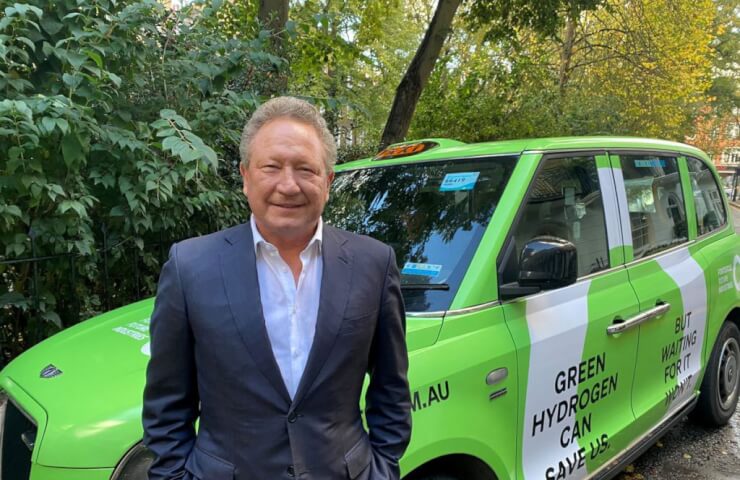Fortescue Metals Group Ltd., the world's fourth largest iron ore mining company, has joined forces with Japan's Mitsubishi Corp. and European steelmaker Voestalpine AG to develop carbon-free iron using hydrogen at a plant in Austria.
This is the first attempt by an Australian miner to tackle so-called "green steel", which aims to remove coal from the steel production process and thus thus helping to clean up one of the dirtiest industries in the world. Iron ore is the main raw material for the production of most steel, the most widely used metal in the world.
The project will use technology developed by Primetals Technologies Ltd., a venture with another Mitsubishi company, which will replace blast furnaces operating coal, hydrogen, and the smelter runs on electricity. If this electricity is completely renewable, then theoretically the process will not emit carbon.
"When you make steel, you produce a huge amount of carbon - that's about 7% to 10% of global emissions," he said in a telephone interview. Mark Hutchinson, CEO, Green Energy Division, Fortescue Future Industries. “We have to fix this.”
The Fortescue joint venture, which will be largely funded by European government grants, aims to complete a pilot plant by 2025 and build a commercial-scale facility by the end of the decade, Hutchinson said.
Hydrogen Demand
Steel decarbonization is an important step in the fight against climate change, and the construction of large plants will lead to a sharp increase in hydrogen demand. This will benefit Fortescue, which plans to produce 15 million tons of green hydrogen per year by 2030 as part of Chairman Andrew Forrest's goal of becoming a major clean energy producer.
More and more miners and steelmakers are seeking to develop green » steel using hydrogen. The most advanced is Hybrit, a Swedish joint venture between steelmaker SSAB AB, iron ore producer Luossavaara-Kiirunavaara AB and energy company Vattenfall AB. German Thyssenkrupp AG, South Korean Posco Holdings Inc. and Chinese Baowu Steel Group Corp. also experimenting with raw steel.
But the technology is expensive and in its early stages and often requires high quality iron ore. The method developed by Primetals can work with the lower grade ore that Fortescue and others are mining in Australia's Pilbara region, Hutchinson said. One of the aims of the pilot plant will be to test the different grades that Fortescue will supply.
Hutchinson warned not to expect quick results, saying that the decarbonization of the global steel sector is likely to progress slowly over decades and require "huge" investment in renewable energy.
"If you think about the entire industry, the amount of renewable energy required for this is simply incredible," he said.
Austrian company Voestalpine plans to start converting steel production from coal to hydrogen from 2027. “In the long term, our mission is to produce carbon-neutral steel using green hydrogen, for which we are already intensively researching promising breakthrough technologies,” Hubert.





